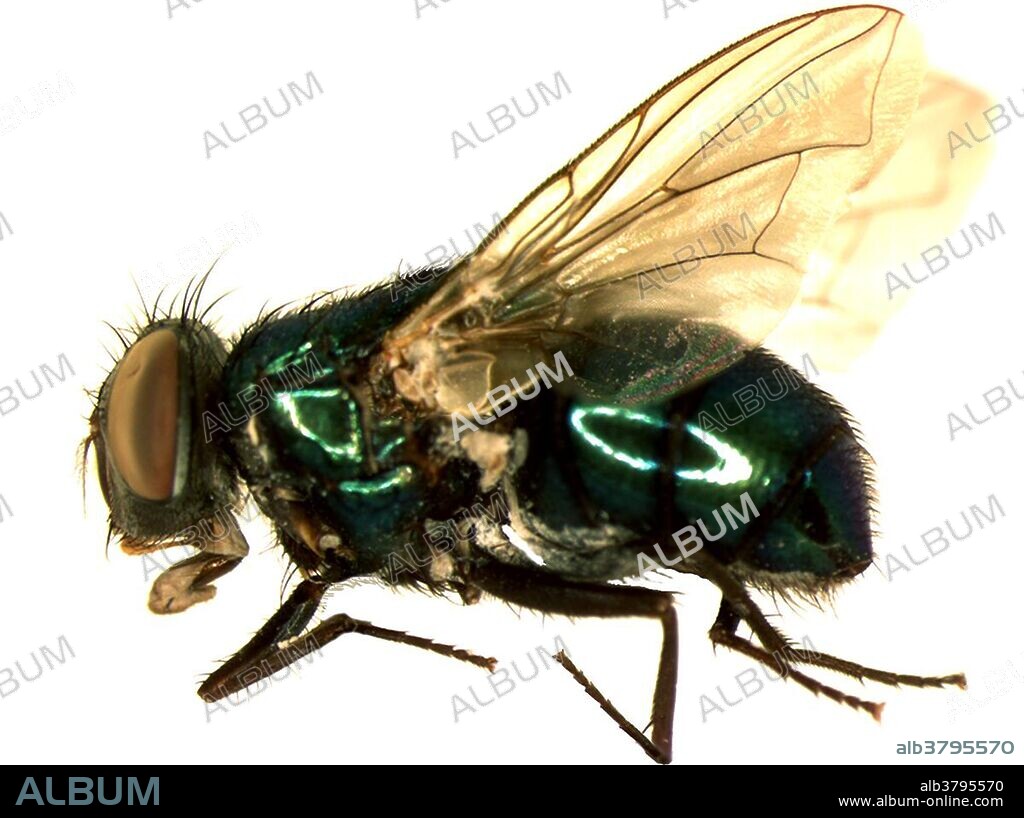alb3795570
Forensic Helper, Common Green Bottle Fly, Blow Fly

|
Zu einem anderen Lightbox hinzufügen |
|
Zu einem anderen Lightbox hinzufügen |



Haben Sie bereits ein Konto? Anmelden
Sie haben kein Konto? Registrieren
Dieses Bild kaufen

Titel:
Forensic Helper, Common Green Bottle Fly, Blow Fly
Untertitel:
Siehe automatische Übersetzung
The common green bottle fly (Lucilia sericata) is a common blow-fly found in most areas of the world, and the most well-known of the numerous green bottle fly species. L. sericata is an important species to forensic entomologists. Like most Calliphorids, the insect has been heavily studied and its life cycle and habits are well documented. Due to this, the stage of the insect's development on a corpse is used to calculate a minimum period of colonization, so that it can used to aid in determining the time of death of the victim. The presence or absence of L. sericata can show a lot about the conditions of the corpse. If the insects seem to be on the path of their normal development, it is likely that the corpse has been undisturbed. If however, the insect shows signs of a disturbed life cycle, or if it is absent from a decaying body, this can show signs of post-mortem tampering with the body. Because L. sericata is one of the first insects to colonize a corpse, it is preferred over many other species in determining an approximate time of colonization. Developmental progress is determined with relative accuracy by measuring the length and weight of larval life cycles.
Bildnachweis:
Album / NLM/Science Source
Freigaben (Releases):
Model: Nein - Eigentum: Nein
Rechtefragen?
Rechtefragen?
Bildgröße:
3600 x 2691 px | 27.7 MB
Druckgröße:
30.5 x 22.8 cm | 12.0 x 9.0 in (300 dpi)
 Pinterest
Pinterest Twitter
Twitter Facebook
Facebook Link kopieren
Link kopieren Email
Email
